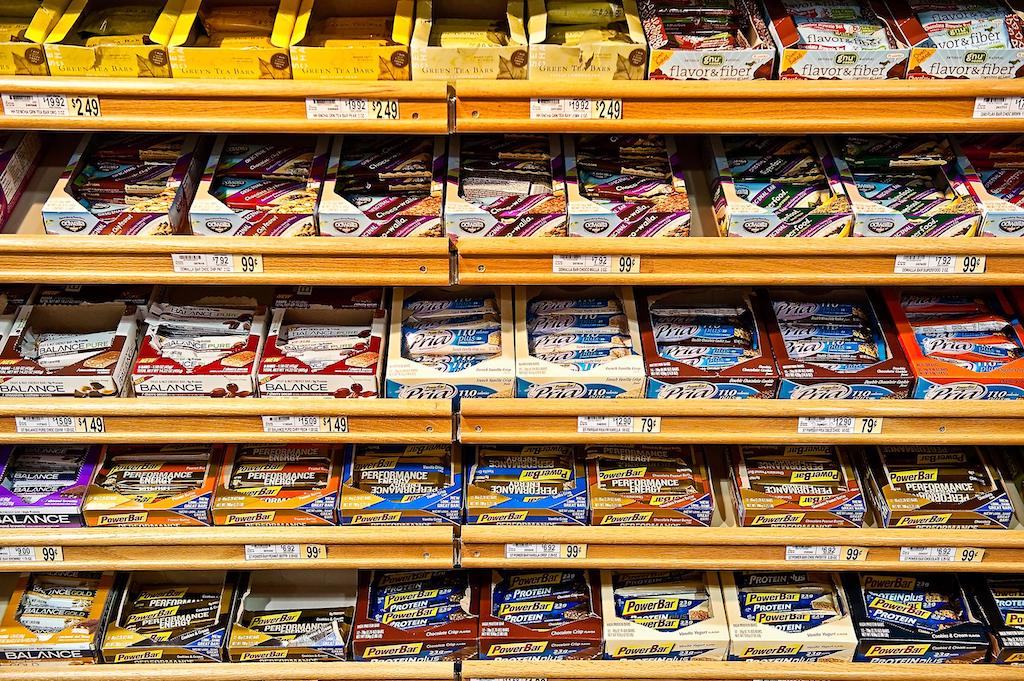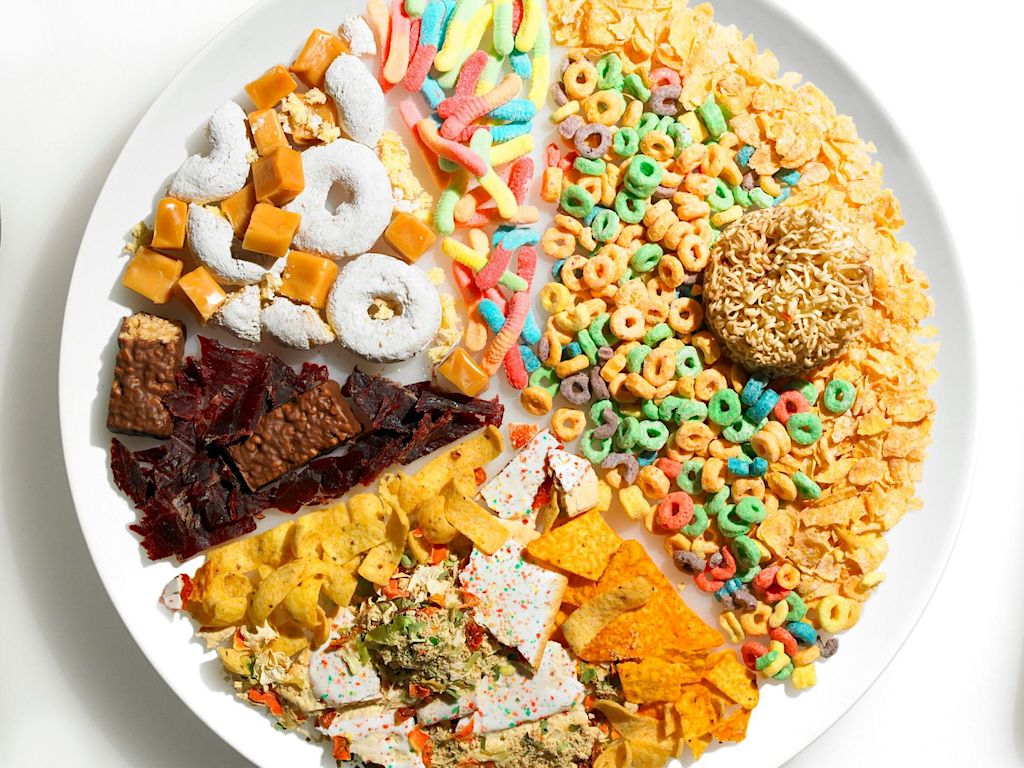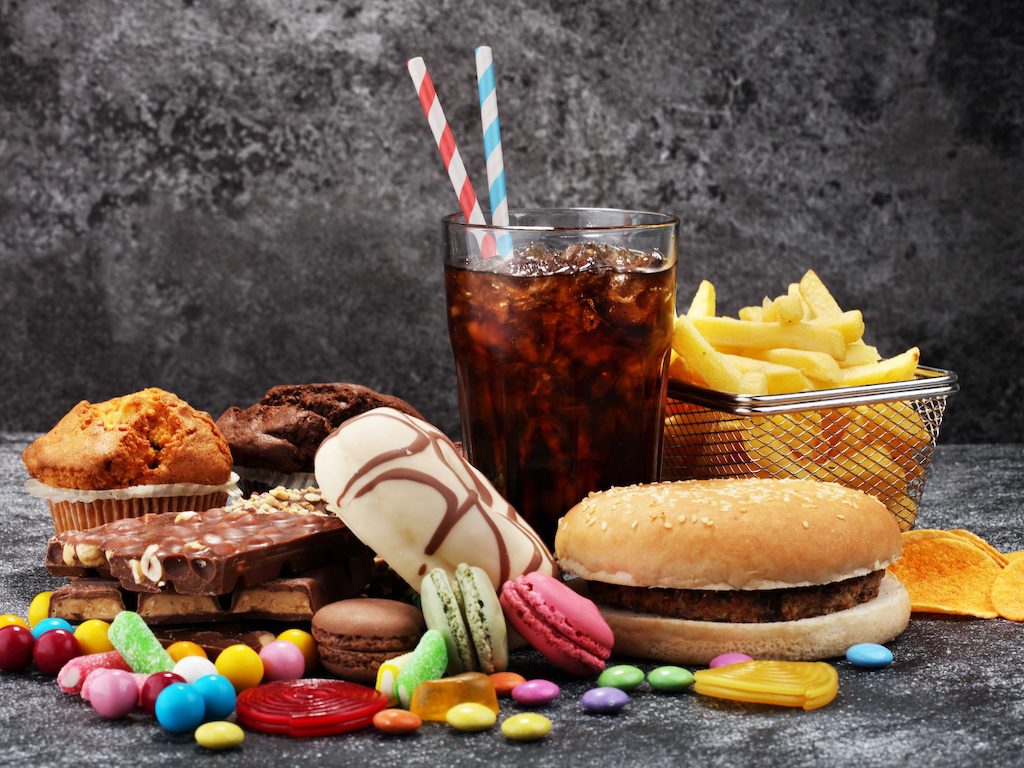4 Mins Read
Almost one in five calories consumed among children in the U.S. between 2001 to 2018 came from junk food, new research has revealed. The large-scale study, which assesses the changing trends in junk food intake, also found that junk food makes up around one in seven calories among adults, with snack bars becoming an increasing source for both adults and children.
A new study published in the journal The American Journal of Clinical Nutrition estimates that junk food represented nearly one in five calories consumed by children in the U.S. between 2001 and 2018. There was a modest decrease in the figures for adults, with one in seven calories made up of junk food, though disparities were found between population groups.
Assessing more than 29,900 children aged between 2 and 19 years old and over 44,500 adults over the age of 20, the researchers said the findings indicate that the overall consumption of junk food remained high and stable for children.
Most of childrens’ and adults’ junk food calories were coming from sweet bakery products, while other savoury snacks, desserts, candies and crackers were also major subtypes contributing to junk food consumption. In terms of physical sources of junk food, grocery stores remained the top place where consumers purchased junk food, followed by restaurants, schools, and workplaces.

Increasing Intake of Junk Food
However, the study noted that there were some changing trends, including the rise of snack bars as an increasing category of junk food being consumed by both adults and children, as well as decreasing levels of junk food consumption coming from grocery stores over time. Restaurants, while still representing a smaller percentage as a source of junk food, had “significantly increased” as a major source.
“Intakes of snack bars increased in both children and adults, which offset declines in other subtypes in children,” wrote the team of scientists from the Icahn School of Medicine at Mount Sinai and Friedman School of Nutrition Science and Policy at Tufts University.
“This suggests the need to focus on this growing category with public health education and policy actions to discourage consumption and/or ensure healthier accessible, affordable, and convenient snack bar options.”
In terms of demographic disparities, the analysis showed that junk food consumption in the U.S. was higher among non-Hispanic caucasian and Black Americans compared to Mexican Americans, and higher among women compared with men. There was a decreasing trend among younger groups who are beginning to consume less junk food, but older adults’ intake of junk food remained consistent throughout the period studied.

“Factors that may have contributed to modest declining trends among adults and for certain junk food categories such as candy and other desserts include nationwide health promotion efforts, added sugar labelling,” and other policy interventions that have been introduced over the years, wrote the authors of the paper.
Changing Dietary Habits
The researchers also noted that there had been a “growing sociocultural recognition of the importance of dietary habits for health and well-being” among the public, especially in the wake of the pandemic and the rising awareness of nutrition and wellness among consumers – a trend that even influencers and celebrities are driving forward.
Just last week, football star Christiano Ronaldo removed two sponsored Coca-Cola bottles during a European Championship press conference and held up a water bottle, signalling to his hundreds of millions of fans to choose the healthier option and drink water instead.
But the authors of the study are clear that despite a slight decline in unhealthy food consumption over the years among young adults, the estimated 20% and 14% of calories coming from junk food for children and adults respectively is still a worrying statistic.
They urged for more action to disincentivise junk food consumption, which could lead to meaningful improvements to “health and health equity and reducing health care costs.”
Lead image courtesy of Dreamstime.




